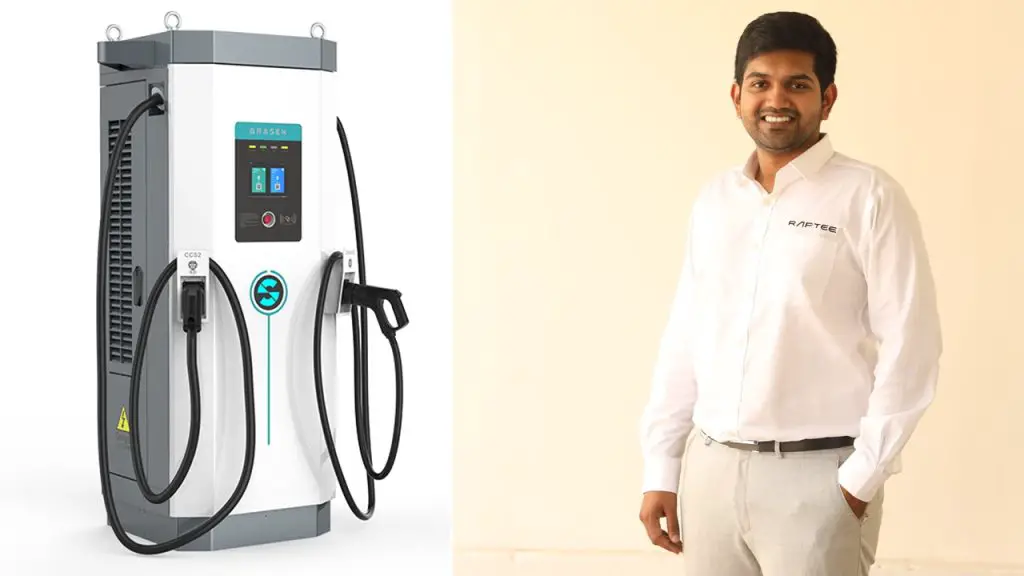The electric vehicle revolution is upon us, and with it comes the crucial need for a robust and efficient charging infrastructure. Among the contenders, the CCS2 (Combined Charging System 2) standard is emerging as a global leader, promising faster charging times, wider compatibility, and a smoother transition to an electrified future.
CCS2 Charging System
CCS2 is a global standard for charging EVs, combining AC and DC charging capabilities into a single connector. It offers faster charging speeds compared to its predecessor, CCS1, making it ideal for long-distance travel and public charging applications. CCS2 can deliver power up to 350 kW, significantly reducing charging times and enhancing user convenience.
Also read: How Emerging Markets Like India Are Electrifying The Future Of Mobility?
India’s CCS2 Station Surge
The growth of CCS2 stations in India has been remarkable. In 2015, a mere 500 stations existed, mainly concentrated in major cities. Today, in 2024, that number has soared to over 12146, representing a phenomenal twenty-three-fold increase.
Petrol Bunks vs CCS2 Charging Stations
For every 19 EV charging stations, there are approximately 100 petrol stations, which falls short of the estimated requirement to meet the projected EV adoption rate. This highlights the need for significant expansion to match the convenience and reach of traditional fuel stations.
As per the infrastructure regulation released by the Government of India, there should be EV charging stations every 3 Km in cities and every 25 km on both sides of the road. Further, there should be EV charging stations every 100 kilometers on highways.
Fortunately, initiatives like setting up charging stations at existing petrol pumps are underway, paving the way for a familiar and accessible experience for users transitioning to EVs.
State Wise Density Growth
The distribution of CCS2 stations across states remains uneven. Metropolitan cities like Delhi, Mumbai, and Bangalore boast denser networks, while rural and semi-urban areas lag. This disparity creates accessibility challenges for EV owners traveling beyond major urban centers.
Identifying and prioritizing high-traffic routes like highways and intercity corridors for setting up CCS2 stations is essential. This will address range anxiety concerns and enable seamless long-distance travel for EV owners. Additionally, strategic placement of stations in tourist destinations and key economic zones can further bolster EV adoption and promote sustainable tourism.
Contribution of Stakeholders
In India’s transition towards electric vehicles (EVs), collaboration emerges as a cornerstone for expanding charging infrastructure. Government initiatives lay down the groundwork through policies and incentives, enticing private investors to participate. Leveraging their financial prowess, private firms can introduce a range of charging solutions, enriching the landscape.
Oil Marketing Companies (OMCs) find opportunity in repurposing existing petrol pump networks, instilling a sense of familiarity and reliability among consumers. Concurrently, EV manufacturers can allocate resources to research and development, focusing on swift charging technologies and seamless integration with infrastructure.
Engagement from various stakeholders, including urban planners, non-governmental organizations (NGOs), and EV manufacturers, is crucial. They offer valuable insights, delineate charging zones, and bolster grid capacities, collectively advancing the cause.
Charge Point Operators (CPO) play a pivotal role in crafting intuitive applications for locating stations and facilitating transactions, simplifying the user journey. This concerted effort tackles obstacles such as financing hurdles and grid assimilation, ensuring optimal resource utilization and fostering innovation.
Through this unified approach, India erects a resilient and accessible charging framework, propelling EV sales and catalyzing widespread adoption.
Shocking: Rs 63 Lakh Electric SUV Catches Fire In Chhattisgarh, Volvo Reacts
Applications for User Experience
Mobile apps that locate stations, manage charging sessions, and facilitate payments can significantly enhance user experience. Additionally, real-time availability information and integration with navigation systems can improve convenience and route planning for EV travel.
Conclusion
While challenges remain, India is on the right track towards building a robust CCS2 charging network. Through continued government support, private sector participation, and innovative solutions, India can unlock the full potential of EVs and pave the way for a cleaner future. By ensuring equitable distribution, strategic placement, and seamless user experience, the CCS2 ecosystem can empower more and more Indians to join the electric mobility revolution.
This article is authored by Dinesh Arjun, CEO-Cofounder, Raptee. All views are personal.

